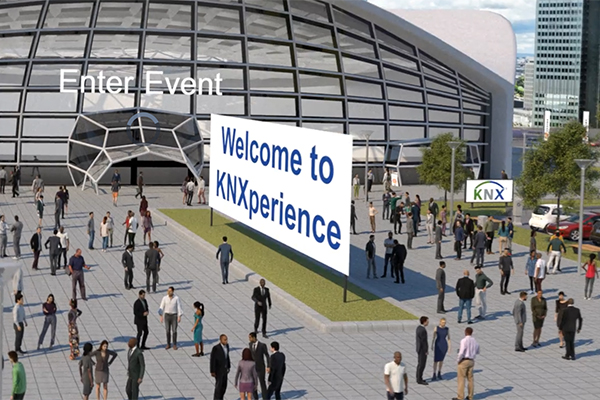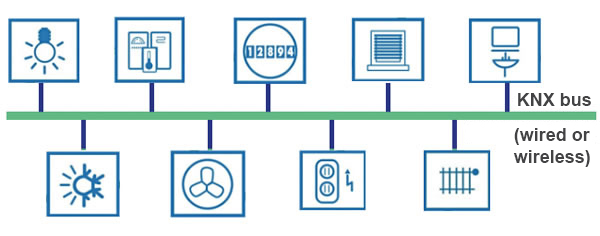
By Mark Warburton, Ivory Egg
Over the last few months we have all had to make some major adjustments to our lives and businesses in order to cope with the challenges being posed by the Covid-19 pandemic. Whilst this is an extremely challenging time for many, there are some positives that have emerged. The recent KNXperience online trade show is a great example. Although it can’t be compared to a live event, it was a great showcase of not only KNX systems and products, but also the technology that has to be in place for such an event to be even possible. It’s far more efficient than attending events in person, and is certainly a lot more ecological. Being able to access a global audience without anyone having to travel or even leave their desks has some obvious benefits to both attendees and the environment.

At Ivory Egg, we have also had to become more streamlined and efficient as we, like most companies, are now dealing with an extremely variable demand. Whilst this has been challenging, the upshot is that we have actually found ourselves outperforming all of our internal metrics for success, as we have been forced to focus only on behaviours that have a direct impact on our customers.
A decentralised system
Interestingly, there are some parallels to the KNX system, but thankfully the latter isn’t affected by viruses! By its very structure, KNX is lean and efficient across many aspects of the system. The concept of a decentralised system is a prime example. With each device being able to communicate with all other connected devices via the bus, the system is completely modular, so you only ever need the parts that are actually required on the project – there’s no additional need for expensive centralised processors. And with so many products to choose from, you can always select the right one for the job.

Commissioning software
The commissioning software, namely ETS, is another example. Thanks to the online catalogue, you have full access to manufacturer catalogues, but this doesn’t complicate the system or make the database complex. Just download the products you need and off you go. And with countless tools in ETS to make programming simpler, you can complete a project in the shortest time. However, if you have a complex project, you can add in more functionality via apps to further increase the usability of the software.

Robust and efficient structure
Another great example is the underlying way that KNX communicates. By having a topology broken down into different lines and areas, with line couplers in between to marshal and repeat traffic, each line can run at the optimum speed to ensure all messages are received correctly, yet the system can still scale up to manage even the largest project. It also ensures the system is as robust as possible, as any issues with devices or even the extremely reliable line power supply, will only affect the individual line.

Finally, the very concept of a single infrastructure to control all the mechanical and electrical services in a building is lean and efficient in itself. The very fact that you can install just one cabling infrastructure to sense countless environmental conditions and control numerous functions ensures that there is no wastage. Not just of installation material, but also of commissioning time, project management cost and maintenance costs.
Conclusion
As we approach KNX’s 30th birthday, it’s fair to say that KNX has truly passed the test of time. Thanks to its robust and flexible infrastructure, the system has continually been evolved to ensure it can be used to create market-leading projects and solutions both now and far into the future. The same is true for how most businesses and industries are adapting. Being able to attend events digitally, get information quickly and scale up beyond what was possible with older approaches, will enable us all to grow quickly in the future. If this is also based on robust systems and processes, then we have the opportunity to achieve real success.
Mark Warburton is a Director of Ivory Egg (UK) Ltd, a supplier of leading KNX products and provider of KNX training courses.












